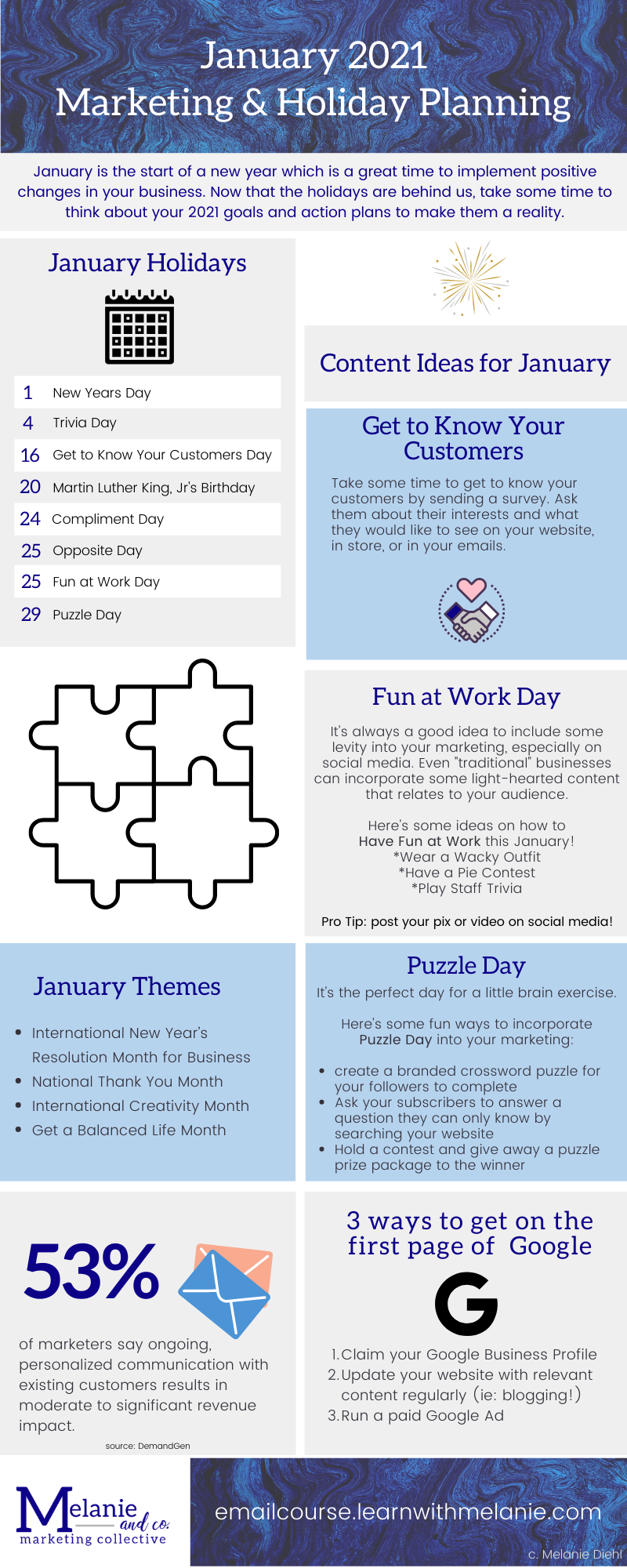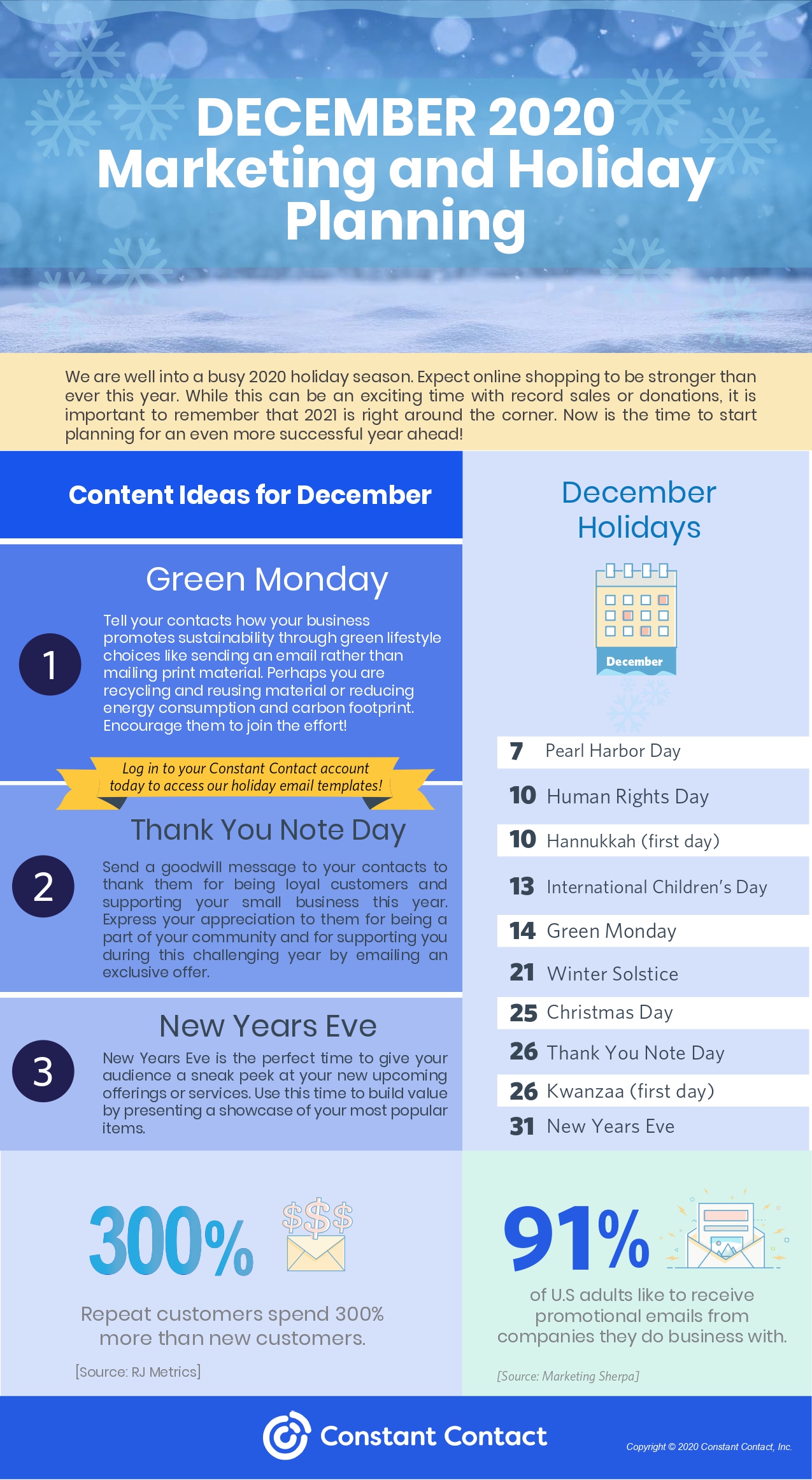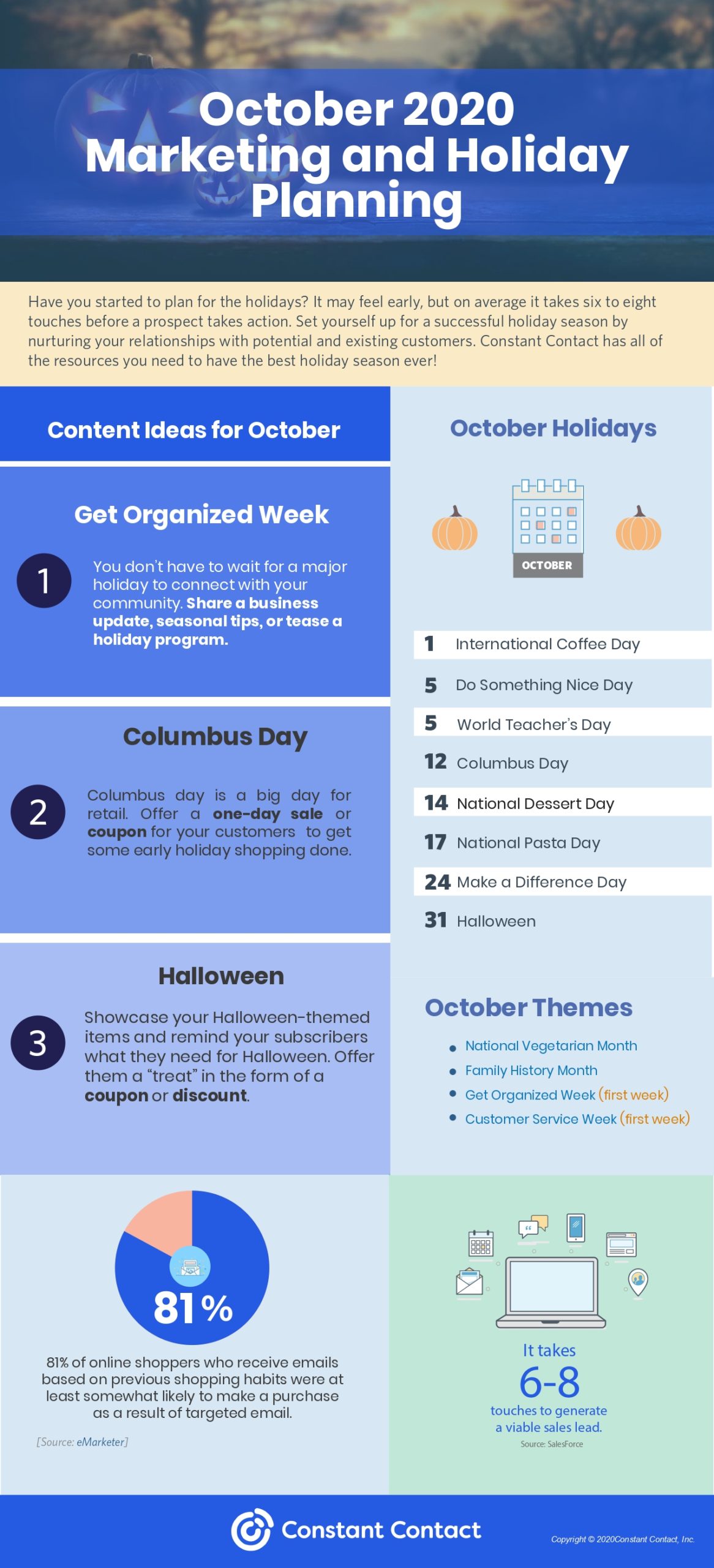What is an Avatar Study?
What is an Avatar Study?
Now that we’ve dipped our toe into the “Avatar water” it’s time to wade in a bit further. Let’s talk about an Avatar Study.
Taking some time to really get to know our ideal client is an investment that is worth its weight in gold. When we understand our audiences pain points and their language, it makes it easier for us to create the messaging that will relate to them.
Because it’s really not about us. It’s about them.
Whenever we work with a new client, whether it’s an existing business or a new business, we always like to perform an avatar study. Most businesses will have more than one Avatar. Recently we worked with Larry, a game store owner who’s been in business for 10 years. Larry had a pretty good idea of his client Avatar, but had never performed a formal Avatar study. Larry embraced this exercise wholeheartedly, and was able to identify three clear avatars. Larry even went as far as to give each of his avatars real names. He determined that his number one Avatar was Molly The Mom. Molly The Mom’s pain points shifted somewhat during the pandemic, which caused Larry to shift his messaging, and provide resources that met her needs, and ultimately resulted in increased awareness and sales for his business.
Bottom line Larry created targeted marketing campaigns specifically for each of his avatars. And that’s what helped him be successful.
So, what exactly do you need to know about your Avatar?
There are four components to explore or understand when we are identifying our Avatar. Those areas are psychographic, demographic, geographic, and behavior segments.
Let’s start with psychographics. Psychographics cover your avatars lifestyle, their values and their motives, their personality traits: the things that are of interest to them.
Probably the most common segmentation people are familiar with is demographics. Demographics include one’s age and gender, their income and education, their nationality or ethnicity, their religion.
The geographic segment is fairly simple. It’s whether your audience is local, regional, national or international.
And finally we explore the behavioral segmentation. This is quite possibly one of the most critical components to understand about your avatar. Knowing where they stand as far as brand loyalty or product loyalty, where they are in the buyer’s journey.
I challenge you to complete 3 ideal client avatars for your business or organization, your service or product. And keep in mind that your client avatars will likely shift somewhat over time. We encourage all businesses to review their ideal client avatars on a regular basis. An annual review, prior to creating your next marketing calendar, is a great way to stay current with your avatars.
Congratulations!
You’ve identified three ideal client avatars!
The next step is to determine, based on your avatars, where and when to post content that your avatars will consume. Join us next week for some practical tips you can use right away to help get your message heard by your audience.
Need more support in ID'ing your Avatar?
We’re rolling out two new 12-week coaching groups in January where you get access to individualized training for all of your marketing efforts. Learn more about Collective Coaching with Melanie Diehl here.








